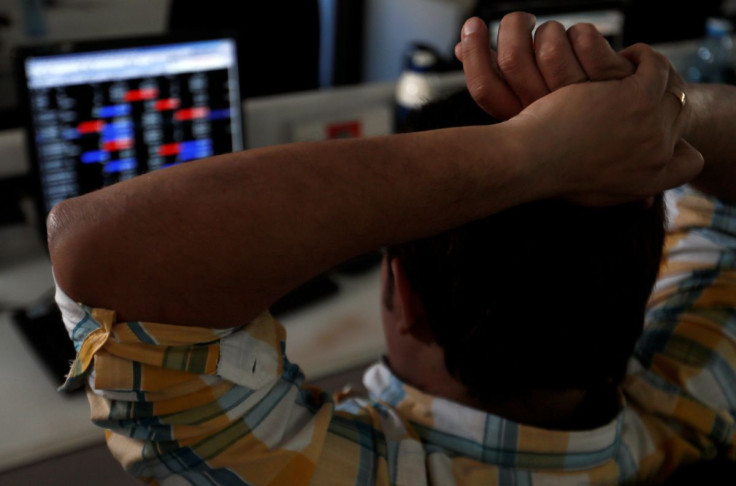Shares Tumble As Stubborn U.S. Inflation Stokes Worries On Rates, Economy

Asian stocks fell to an almost two-year low and the dollar rose to multi-year highs on Thursday as data showed U.S. inflation persistently hot, deepening investor worries about the economic toll of aggressive interest rate hikes to tame it.
U.S. markets whipsawed after the news, then closed sharply lower. S&P 500 futures gave up early gains to fall 0.2% in the Asia session. European futures also fell, with EuroSTOXX 50 futures down 2% and FTSE futures down 1.6%.
Bitcoin, leading a fire-sale of risky assets as rate hikes gather steam, fell 7% to $26,970. It was near $40,000 a week ago and is 60% beneath its peak six months ago.
The growth-sensitive Australian and New Zealand dollars fell about 0.8% to almost two-year lows. The Chinese yuan slid to a 19-month trough.
Headline U.S. consumer prices rose 8.3% for the 12 months to April, slower than the 8.5% pace of a month earlier, but higher than market forecasts for 8.1%. Traders said it underscored concern that rates will rise quickly in response.
"We're now very much embedded with at least two further (U.S.) hikes of 50 basis points on the agenda. For equity markets that really is the end of free money," said Damian Rooney, director of institutional sales at Argonaut in Perth.
"I think we probably were delusional six months ago with the rise of U.S. equities on hopes and prayers and the madness of the meme stocks, and suddenly were going a little bit back to what is reality," he said.
MSCI's broadest index of Asia-Pacific shares outside Japan fell 2% to a 22-month low. Japan's Nikkei fell 1.7%.
Treasuries were steady in Asia, but selling at the short end and a rally at the longer end has flattened the yield curve as investors brace for near-term hikes to hurt long-run growth.
The benchmark 10-year Treasury yield fell six basis points (bps) overnight and dropped a further 2.6 bps in Tokyo trade to 2.8967%. The gap between two-year and 10-year yields narrowed 3.5 bps.
"There should be a tipping point in how far the Fed can be pressed before odds clearly point towards a hard landing," said NatWest Markets' U.S. rates strategist Jan Nevruzi.
SELL IN MAY
The rates outlook is driving up the U.S. dollar and taking the heaviest toll on riskier assets that shot up through two years of stimulus and low-rate lending.
The Nasdaq is down nearly 8% in May so far and more than 25% this year. Hong Kong's Hang Seng Tech index slid 1.5% on Thursday and is off more than 30% this year.
Cryptocurrency markets are also melting down, with the collapse of the so-called stablecoin TerraUSD highlighting the turmoil as well as the selling in bitcoin and next-biggest-crypto, ether.
A weakening growth picture outside the United States is battering investor confidence, too, as war in Ukraine threatens an energy crisis in Europe and lengthening COVID-19 lockdowns in China throw another spanner into supply chain chaos.
Nomura estimated this week that 41 Chinese cities are in full or partial lockdowns, making up 30% of the country's GDP.
Property developer Sunac China said it missed a bond interest payment and will miss more as China's real estate sector remains in the grip of a credit crunch.
The yuan fell to a 19-month low of 6.7631 and has dropped almost 6% in under a month.
The Australian dollar fell 0.8% to a near two-year low of $0.6879. The kiwi slid by a similar margin to $0.6240, though the euro and yen held steady to keep the dollar index just shy of a two-decade peak.
Sterling was at a two-year low of $1.2204.
In commodity trade, oil wound back a bit of Wednesday's surge as growth worries dampened fear of gas supply disruptions in Europe.
Brent crude futures fell 1.3% to $106.90 a barrel.
British activity and growth data is due later in the day.
(Editing by Muralikumar Anantharaman and Kim Coghill)
© Copyright Thomson Reuters 2024. All rights reserved.



















